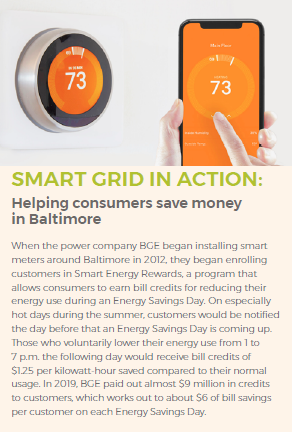
The German Federal Ministry of Economics and Technology is co-ordinating implementation of six smart grid demonstration projects by leading companies in the E-Energy Project. Italian utilities, led by Enel with a €2.5 billion investment project started in 2001, have installed 31 million digital meters and the systems to manage them remotely. “What’s important here is for government and regulators to ensure the right level of investment.”Īcross Europe, enthusiasm for smart grids is booming. “In terms of technology, 80-85 per cent of what is needed already exists, although often as individual products that are not connected up to reap all the benefits,” said Keith Redfearn, general manager for GE Energy’s European transmission and distribution business. While much of the necessary technology is available today, market forces alone won’t ensure optimal deployment: no single group is sufficiently incentivised to make the necessary investments because the benefits won’t be evenly distributed.
Smart grids benefits full#
It says smart metering devices would cut household energy bills by 10 per cent.īut capturing these benefits in full is complex because it involves co-ordinating a variety of players – from the utility and telecommunications industries and investors in renewables, to government ministries, energy regulators and industrial and domestic consumers. The Commission is enthusiastic, citing estimates that ICT-enabled improvements (outside of the ICT sector itself) could save about 15 per cent of total carbon emissions by 2020. The European Commission’s recommendations for smart grid implementation call on governments to establish common minimum specifications for smart meters by the end of this year and to draw up a coherent timetable for their rollout.

Reaching Europe’s ambitious goals for 2020 on energy efficiency, carbon emissions and tapping renewable energy sources - and ensuring security of supply - hinges on the development and deployment of smart electricity grids.Īmong other improvements, these will have the in-built intelligence to manage the intermittent flow of electricity from renewable sources, allow consumers to keep a far better check on how much electricity they are using, and enable utility companies to take a more refined approach to load management.Ĭreating these smart grids requires a range of information and communication technologies to be layered over the current passive networks to ensure the electricity system of the future – from power generation, through transmission and storage, to intelligent final use – works as efficiently and dynamically as possible.


 0 kommentar(er)
0 kommentar(er)
